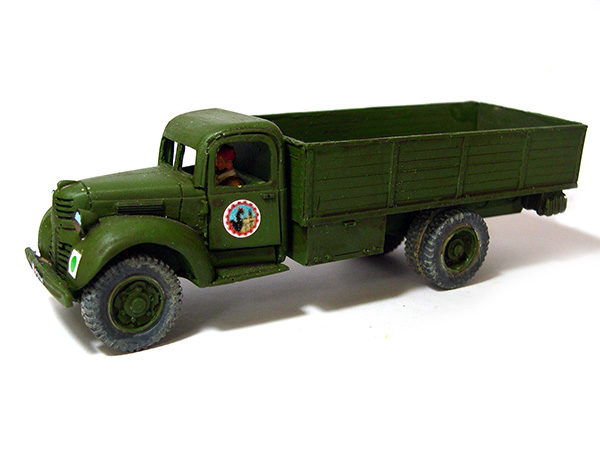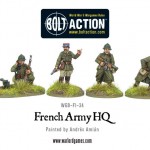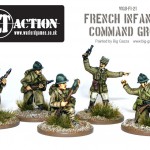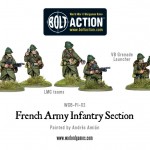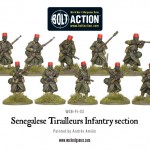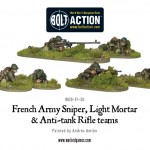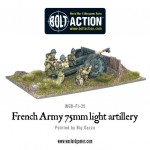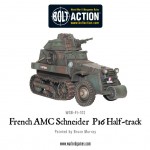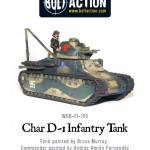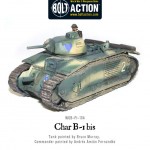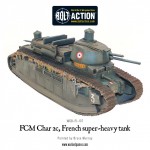Lou Passejaïre brings us a fantastic insight into French Vehicle markings; learn the system and you to will be able to identify nearly any French vehicle unit…
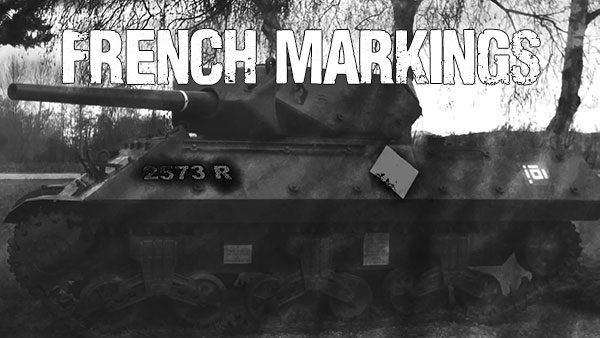
1940 French vehicles registration plates
The registration plates were worn on the front bumper and rear of the vehicle. The decree of 31/12/1922 defined the rules for the registration of military vehicles. A flag tri colour precedes 1 to 5 white digits on a black background.
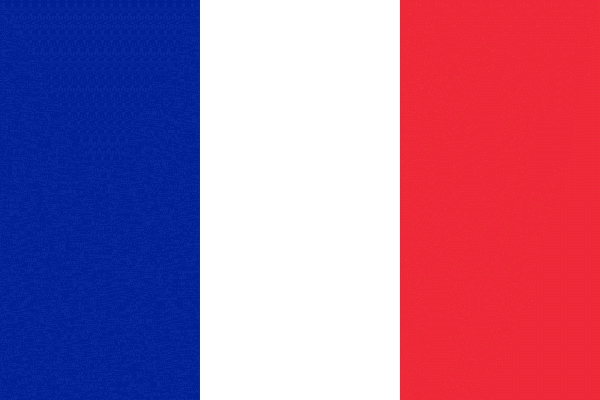 This is the ‘flag tri colour’, simply referring to their nation’s flag.
This is the ‘flag tri colour’, simply referring to their nation’s flag.
This system being exhausted 15 years later, the decree of 16 April 1938 provides that an M precedes the same whole. Then, from the beginning of 1940, the same applies to the letter P. Example: P [tricolour] 26857. The trailers carried two plates at the rear, one recalling the number of the tractor vehicle and the other in the 100000 series.
From September to December 1939, approximately 290,000 civilian vehicles, ranging from motorbikes to heavy trucks were requisitioned. The vehicles were repainted and re-registered in series of a letter (other than M and P) and a 1 to 920000 number characterising the Military Region. Often a flag precedes the set, but there are many variants: missing or offset letter, group of 6 digits cut in half by a dash, or even inversion of colour … Examples [tricolour] L 392-801, F265210, 424074N, or [tricolour] 253753.
Some vehicles also display registration numbers on the front doors, in white, with or without flag, and with (uncommon) or without the black background.
French 1940 Unarmoured Vehicles Markings
French 1940 Branch of Service Markings
Besides the tactical markings, the most common markings were the branch of service one’s.
An order issued on 11 January 1940, made it compulsory for all unarmoured vehicles to display a 20-cm white square bearing a coloured geometric shape indicating which service it belonged to.

The shapes and colours were as follows:
Infantry 10 by 15 cm yellow rectangle,
Cavalry 15 by 10 cm blue diamond,
Artillery 15 cm red triangle,
Engineers 15 by 10 cm brown oval,
Supply and Transport (Train) 15 cm green circle,
Air Force 15 cm orange six-point star.
This symbol was to be worn on the front left wing of the vehicle (but sometimes seen on left mudguard or on the cab) and sometime during the Spring it was added to the rear left side also (left wing, or rear door).
Motorcycles were to have a smaller version painted on the front mudguard or on the front (or right side of the sidecar when one was used).
These symbols were almost universally worn by soft vehicles by May 1940. Tanks and armoured cars did not use them, but as usual with the French, you can find some examples of Cavalry AMR and AMD displaying them.
![]()
Another symbol often displayed was the towing sign, a yellow triangle on a dark blue square panel of roughly the same size as the service markings above. This symbol was to be displayed, facing towards the front, by all vehicles while towing a trailer or a gun and covered or removed when not towing. It was universally fixed to the top of the cab, on the left side vehicle, before the door, on the vehicles with canvas roof or behind the crew compartment on the Renault UE and Lorraine 37. This panel was universally seen on supply carriers and all artillery tractors. Note that this was not a purely military symbol but merely a requirement of French road regulations.
Finally, it was decreed in early 1940 that a reflective surface in the form of a white circle or horizontal rectangle be painted on the back of trucks and lorries for station keeping during night convoys. In some cases, the branch of service coloured geometric shape was added to the reflective surface.

Dragons Portés Vehicles markings
The Aces markings, used on tanks and armoured cars to identify the platoons or troops in the bridge playing order (Spade, Heart, Diamond and Club) and the order of the national colours (Blue, White and Red) to identify companies or squadrons (see example on the right) was used, in a smaller size, on the softskin vehicles of the Dragons Portés.
Artillery Vehicles Markings

A unique set of markings was used by the 2e DLM’s 71e Régiment d’Artillerie to identify its batteries. The system used coloured stars to identify each of the groupes (battalions) with a letter, number combination to identify each of the batteries. These markings were worn on the front doors of its tractors.
A variant of this system seems to have been used by the 3e DLM’s 76e Régiment d’Artillerie on its tractors. In this case however, the individual batteries were identified by a coloured disc in the centre of the stars, these discs following the same colour order, black, brown and yellow, as the battalion stars.
In both cases, these tactical markings were combined with the artillery and towing symbols.
Medical Vehicles
The medical vehicles were painted in olive green without camouflage displayed red cross markings on white square (some white roundels were seen on requisition vehicles), the roof is painted white with a red cross marking, the vehicles carried one or 2 red cross flags.
Use of the national roundels
 If the tricolour roundels were (quite) universally painted on various locations on armoured vehicles, the use of this kind of markings on unarmoured vehicles seems to have been uncommon, or at least I have not found a single evidence of a national roundel on a truck or a car.
If the tricolour roundels were (quite) universally painted on various locations on armoured vehicles, the use of this kind of markings on unarmoured vehicles seems to have been uncommon, or at least I have not found a single evidence of a national roundel on a truck or a car.
Unit Markings
WW1 saw talented painters add individual markings to their vehicles. From 1920, regimental markings were allowed on the sides of the vehicles, and in 1939, it became uncommon to see an unarmoured vehicle without a regimental/company marking. The regimental markings were often inspired by the regimental pins. There is no regulation and few records of the many and varied painted regimental markings.
Common bases for the regimental or company markings are:
– toothed gear on white background with a stylised animal in the centre, as used by the transport
units. Birds were used for the troop transport units, insects for the light transport units, big
mammals for the heavy transport units, in any case with exceptions;
– Horn for the Chasseurs regiments,
– crossed guns for the artillery and quite often infantry tanks,
– anchor for the colonial infantry, with the addition of crossed guns for the colonial artillery
– crescent for Algerian and Tunisian units or sharifian star for Moroccan units.
A division marking was often combined with the regimental marking on the vehicles of Motorized Division.
Here are a few good inspiration sources:
http://www.atf40.fr/ATF40/mai40/france.html – infantry regiments.
http://www.atf40.fr/ATF40/mai40/Regiments%20fran%C3%A7ais%20cavalerie.html– cavalry regiments.
http://www.atf40.fr/ATF40/regiments%20d’Artillerie.html – artillery regiments.
Feel free to experiment, as I have done for some Vichy French Operation Exporter vehicles:


